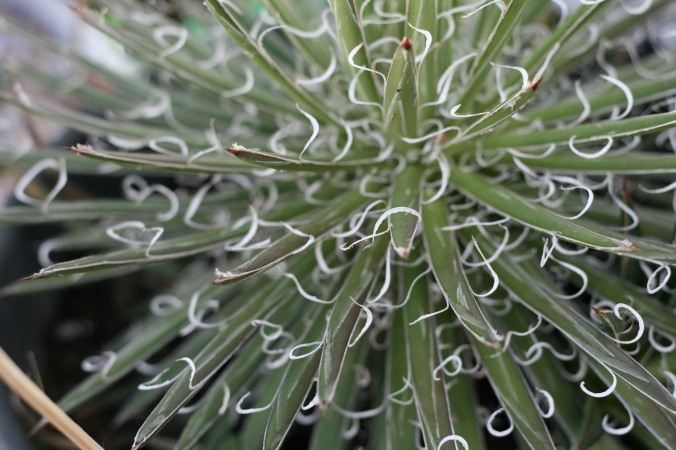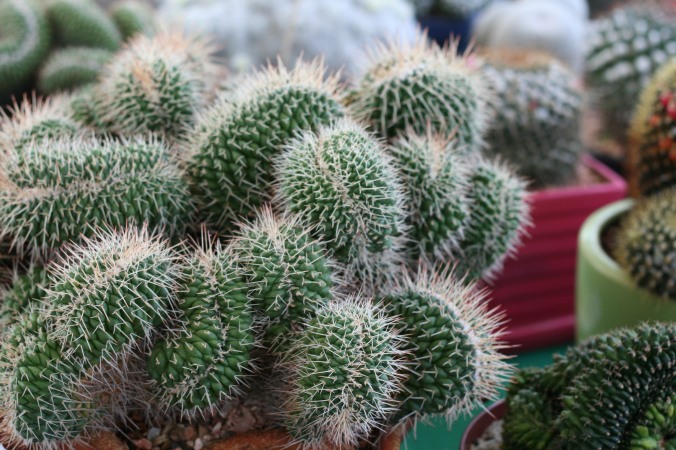This slideshow requires JavaScript.
One of the most simple and useful type of gardens one can have, is the herb garden. If have just bought your first packet of basil seeds, or are a herb growing pro, a herb garden can bring you happiness. Gardening in general has already been found to be good for your health whether it is flowers, vegetables, or herbs. Herbs however, can also spice up your life!
There are many different kinds of herbs you can grow. Some are grown for cooking, some for teas, some even for medicinal purposes.
Basil, oregano, and parsley are great examples of cooking herbs. Simply find a spot in a sunny location, plant the desired herb in a pot or in the ground, and trim off what you need! Any recipe that calls for dried herbs can be replaced with fresh ones, and you will notice the difference in the taste.
Mint, chamomile, anise, lemon verbena, lemon balm, and sage are great for teas. There are many other hers you can grow for herbal tea so have some fun trying new mixtures and growing new things. All you need for tea is some hot water, a pot, and of course, herbs!
Another herb I would suggest trying this year is Stevia (Sugar Plant). It is a great substitute for sugar (and it won’t rot your teeth). Stevia is a lot sweeter than sugar and can be substituted in baking, sprinkled on fruit, or just chewed on for the fun of it. Try growing and drying Stevia to add to your her garden this year.
BREWING HERBAL TEAS
Pour boiling water over tea herbs: Use 1 cup of boiling water to 1 teaspoon dry or 1 tablespoon fresh herbs per cup. If making in a pot, add an extra teaspoon or tablespoon (if using fresh) – this is called “one for the pot”. Cover to prevent aromatic steam from escaping. Let steep for 3-5 minutes. Don’t steep longer because the tea will have a bitter flavour. If you want a stronger flavour, add more herbs.
Good herb combinations:
• Ginger, lemon, honey, cayenne pepper. Good for upper respiratory ailments
• Thyme and sage, with a bit of ginger – great for sore throats.
• Spearmint, lemon balm, hibiscus flowers, lemon peel, rose petals and cinnamon sticks.
To sweeten herbal tea: A natural herb, like Stevia or honey.








